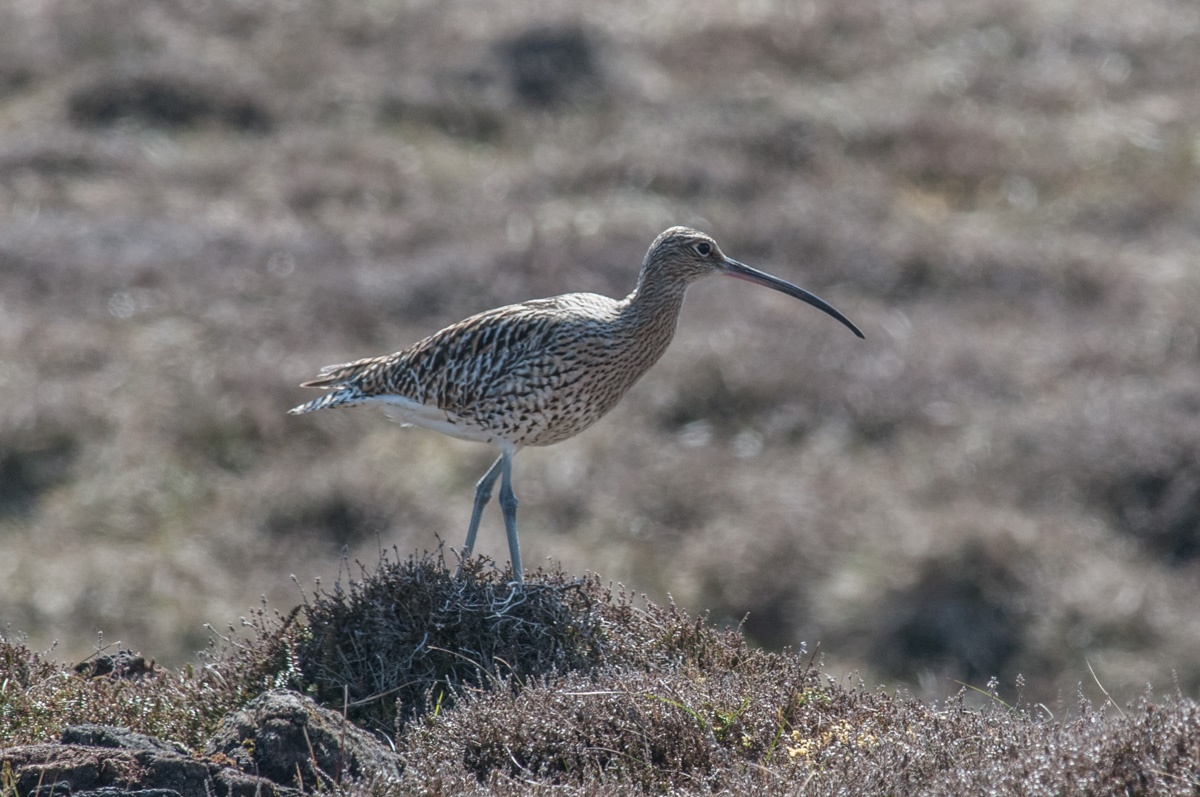Spring and early summer is a wonderful time here at Glenlivet because the farm comes alive with very noisy breeding birds, in particular waders like Curlew, Oyster catchers and Lapwings.

All three species are ground nesting so vulnerable to disturbance, intensive farming and predation. Because of the remote nature of Glenlivet area, the traditional way farming is practiced and the fact that it is an active sporting estate all helps the plight of these birds and encourages good breeding populations of all three.
All migrants, they come to inland areas like Glenlivet to breed and the first to arrive are the lapwings which is a sure sign for us residents that spring is on the horizon. With their characteristic ‘peezie’ call, swooping flight and distinct head crest they are easily identified. The oystercatchers are close behind and their distinctive call, ‘cleep, cleep’ resonates around our farm from late February onwards.

My favourite however is the Curlew, a beautiful mottled brown colour with long curving beak they are the biggest of the three species and have the most wonderful call that sounds like their name. Like our reindeer they frequent the higher ground, heather moorland where they circle endlessly seeking out a good place to nest and chasing away predators once they have laid eggs.

It’s late June now, the eggs have hatched and some of the chicks are as good as fledged. Indeed today when I went up onto the hill to gather the reindeer a half-grown curlew rose from the ground to the frantic call of its parents, I suspect flying for the first time.
Now the longest day is past these chicks, like reindeer calves, need to grow quickly and be ready for the winter ahead. The Oystercatchers, Lapwings and Curlew will all leave us for the winter, many of them going out to coastal habitats and river estuaries until next spring when they will return to breed again.
Like these birds our life with the reindeer is ruled by the changing seasons, calving in spring, growing during the summer, rutting in the autumn and surviving in the winter. It is just amazing how quickly the days flash by, it just seems like yesterday that it was the New Year and now we are past the longest day. If I was a pessimist I would say its downhill from now on, but I’m not and I enjoy the changing seasons and look forward to what the next one brings.
Tilly

